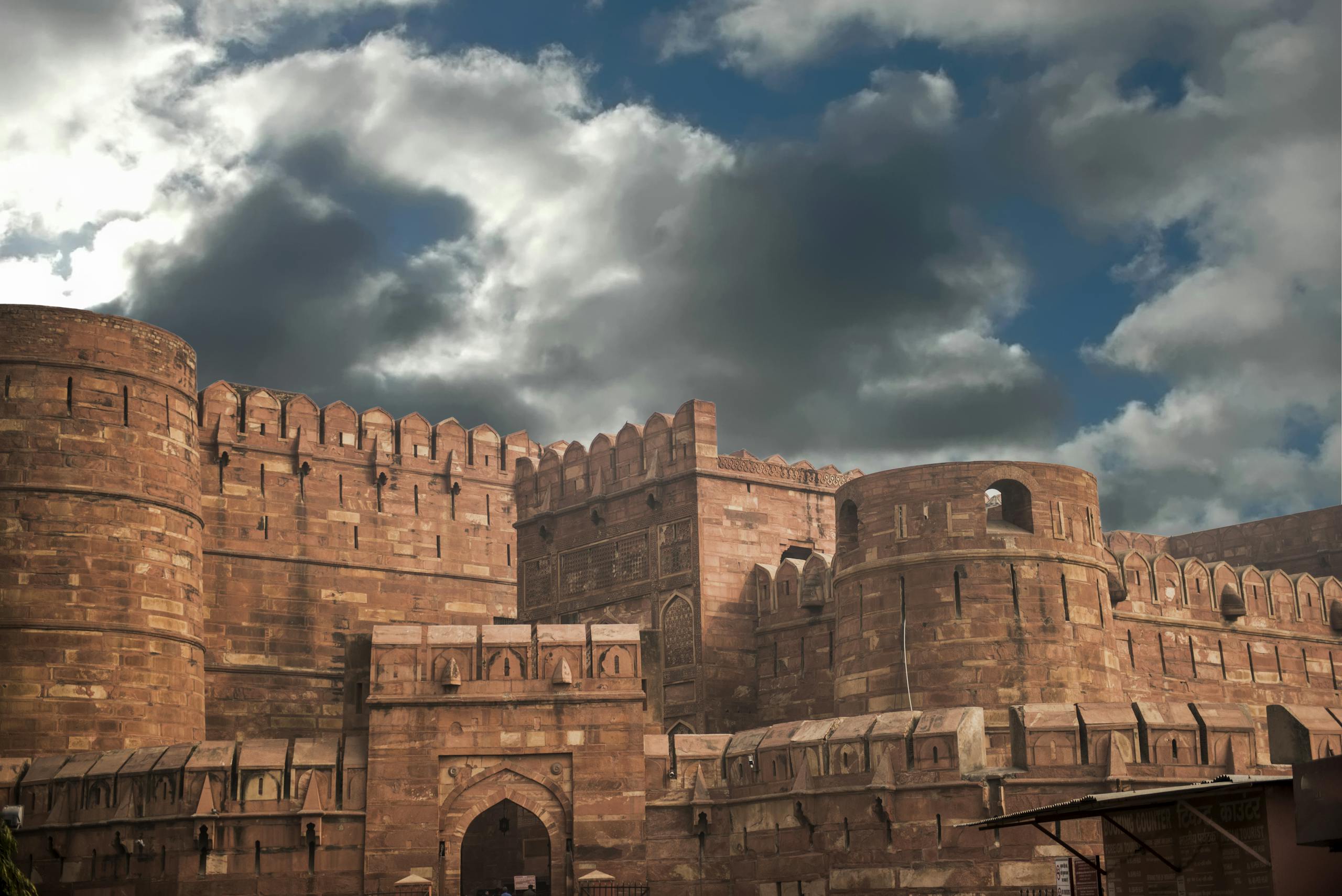Embassy architecture has evolved dramatically over centuries, reflecting political, cultural, and technological shifts. Early diplomatic buildings were fortress-like, emphasizing protection and sovereignty in uncertain geopolitical landscapes. Over time, embassies began to balance security with openness, cultural representation, and modern design principles. Today, many embassies aim for transparency and accessibility while safeguarding sensitive operations.
This article explores the historical evolution of embassy architecture, highlighting key phases, design strategies, and the balance between security and diplomacy. Learn more about our architectural philosophy and explore our approach on How We Work.
The Fortress Era
In earlier centuries, embassies resembled fortified residences or small castles. These designs were heavily influenced by security concerns and the need to project national power.
- Thick walls, narrow windows, and defensive perimeters.
- Limited access points and controlled visitor entry.
- Strategic locations, often on elevated or isolated sites.
These fortress-like embassies demonstrated national strength and offered essential protection in uncertain political climates. They also integrated local defensive techniques, blending security with available building technologies. See related architectural methods in our Construction and Project Management section.

Symbolic and Representational Architecture
As diplomacy matured, embassies evolved beyond protection to serve as symbols of national identity. Architecture began to communicate prestige, heritage, and political strength.
- Monumental façades and grand entrances.
- Integration of national symbols, artwork, and heraldry.
- Spacious halls for cultural and ceremonial events.
The challenge was balancing security and representation while maintaining public dignity. Explore how we apply similar principles in our Architecture Style and Interior Design projects.
Modern Security-Conscious Embassies
The 20th century introduced new security threats, leading embassies toward fortified modernism. Advanced systems merged with minimalist aesthetics to create a balance between protection and representation.
- Setbacks from the street and controlled perimeter zones.
- Reinforced structures, bullet-resistant glass, and surveillance integration.
- Functional façades reflecting professionalism and control.
Modern embassies prioritize staff safety and operational security while maintaining an architectural identity. Learn more about our use of technology in BIM & CAD and immersive planning tools in VR & AR.

Transparency and Open Design in Contemporary Embassies
The 21st century embraces transparency and environmental design in embassy architecture. Glass façades, open courtyards, and cultural spaces communicate openness and trust while maintaining secure perimeters.
- Use of glass, steel, and sustainable materials.
- Public galleries, libraries, and cultural venues integrated into embassy design.
- Landscaped barriers and green zones for aesthetics and safety.
These designs reflect a commitment to openness, diplomacy, and sustainability. Discover more about our approach to responsible architecture in Sustainability and Quality.
Table 1: Evolution of Embassy Architecture
| Era | Design Characteristics | Purpose | Security Approach | Symbolism |
|---|---|---|---|---|
| Fortress Era | Thick walls, narrow windows, isolated locations | Protect diplomats, project power | Physical barriers, limited access | National sovereignty |
| Symbolic Architecture | Monumental façades, heraldry, grand entrances | Represent identity, host ceremonies | Controlled interiors, selective access | Cultural prestige |
| Modern Security | Reinforced structures, modernist design | Protect staff and operations | Surveillance, setbacks, reinforced materials | Professionalism and function |
| Contemporary Transparency | Glass façades, open courtyards, public spaces | Promote cultural exchange and openness | Subtle integrated security systems | Trust and diplomacy |
Architectural Strategies Across Time
Embassy architecture showcases a fascinating evolution of form, function, and meaning:
- Material Choices: Stone and masonry in fortress eras; reinforced concrete and steel in modern embassies; glass and sustainable composites in contemporary designs.
- Spatial Layouts: Compact defensive spaces evolving into open, multifunctional interiors.
- Cultural Integration: From traditional heraldry to modern installations and exhibitions.
- Security Integration: Transition from visible fortifications to advanced concealed systems.
Explore our perspective on material and spatial evolution through our Projects Overview and insightful discussions in our Architecture Blog.
Conclusion
Embassy architecture has traveled a long path from fortified strongholds to transparent, sustainable symbols of diplomacy. This transformation mirrors the broader shifts in international relations, technology, and cultural engagement. Modern embassies balance security, representation, and accessibility, proving that architecture itself can embody diplomacy. They stand as markers of national identity, fostering trust and dialogue between nations. To learn more about how we interpret such design principles, visit Who We Are and connect with us on Contact Us.
Summary
Embassy architecture has transformed over the centuries from defensive fortresses into transparent expressions of diplomacy and openness. What once served as a symbol of protection and national power has evolved into architecture that emphasizes trust, sustainability, and cultural exchange. Each stage of this evolution reflects the changing relationship between nations, technology, and society. Contemporary embassies now blend advanced security systems with open layouts, glass façades, and green spaces that promote dialogue and accessibility. This progression demonstrates how architectural design can embody the principles of diplomacy, unity, and mutual understanding.
